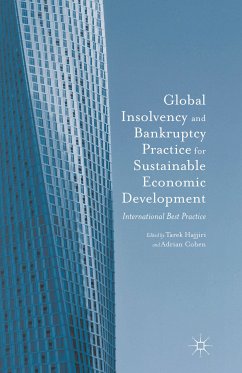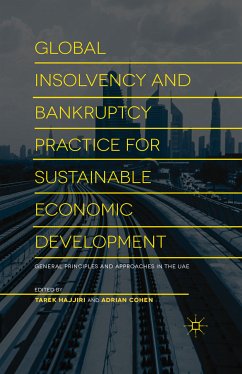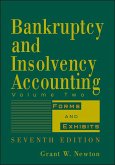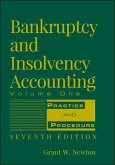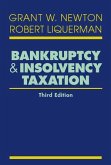This book, using case studies, presents a full, detailed narrative of a fictitious troubled bank in an emerging market, with characters, dialogues, and negotiations. It also includes a series of discussion questions with suggested answers,to draw out key issues from the case. In doing so, this initial narrative offers a substantive analysis of the five main phases and principles of a restructuring: (1) pre-restructuring, (2) the decision to restructure, (3) the case set-up, (4) structuring and negotiation, and lastly (5) implementation. In each chapter, the book outlines the main elements of the phases and shows how the elements are applied in practice. The book also presents separate chapters on exogenous shocks (with a focus on the COVID-19 pandemic as an example of such shocks), macroeconomics, and legal issues present in cross-border restructurings. It will be of interest to the international professional financial and legal community, primarily junior-to mid-level financiers, business people, and lawyers.
Richard Marney is a senior advisor for risk management at responsAbility Investments AG, a leading Zurich-based development finance focused asset management firm. He previously served as the firm's chief risk officer. Prior to responsAbility, Richard had a broad and varied 40-year career in emerging and frontier markets banking and principal investing, with senior-level business and corporate development, risk management, and operating roles, including with BNY Mellon and JP Morgan.
Timothy Stubbs is a partner with the global law firm Dentons. He heads the firm's Russian Banking and Finance Group. Tim has worked on emerging markets transactions with Dentons (and its legacy firm Salans) since 1992, having previously practiced law in Chicago and New York. Tim also worked for two years in the European Bank for Reconstruction and Development (EBRD) in London on working sabbatical. Tim has led numerous debt restructurings and financings of all types, including bilateral and syndicated lending, real estate finance and project finance.
Dieser Download kann aus rechtlichen Gründen nur mit Rechnungsadresse in A, B, BG, CY, CZ, D, DK, EW, E, FIN, F, GR, HR, H, IRL, I, LT, L, LR, M, NL, PL, P, R, S, SLO, SK ausgeliefert werden.




